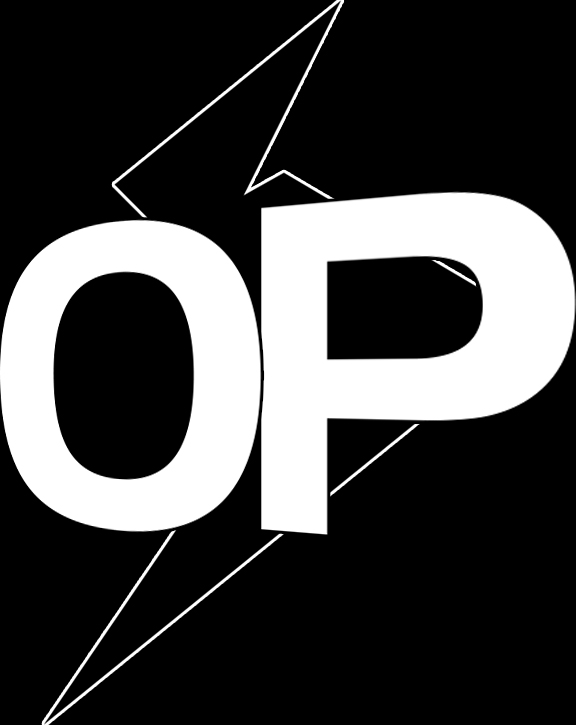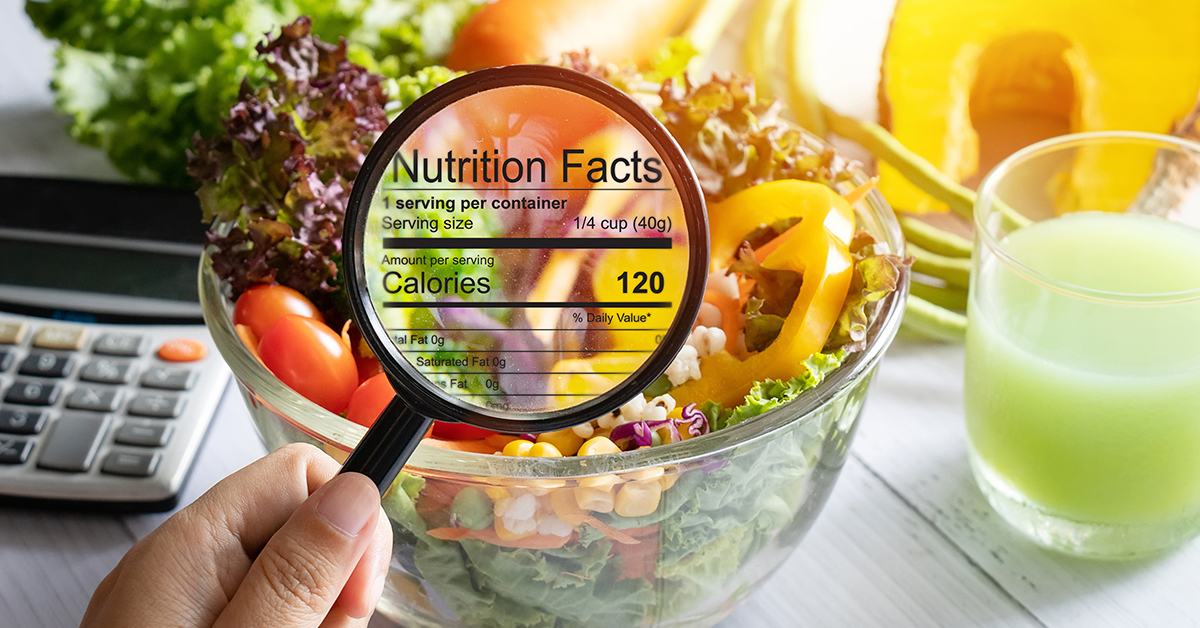Being a personal trainer for over twelve years has allowed me insight into nearly every excuse to why a client “can’t” eat healthy. This is why I have always encouraged my clients to look at the way they eat as a nutrition plan instead of an actual diet. When my clients look at the bigger picture and see their eating as a nutritional eating plan, they are setting themselves up for success to achieve the healthy lifestyle that they want.
Healthy eating and having an effective eating plan doesn’t have to be scary, limiting, or bland. It only takes a little planning, preparation, and commitment to make it a part of your healthy lifestyle routine. Plus, it can be fun to try new foods, flavors, and recipes that are ultimately helping your body and mind! But, before getting started on a nutrition plan, it’s important to first understand the difference between diet and nutrition when it comes to what you consume.
Nutrition is defined as “the source of materials needed to nourish your body, like vitamins, minerals, carbs, fats, and proteins.”
Diet is defined as “the usual food and drink consumed by a person or animal,” or, “the act of restricting your food intake (or your intake of particular foods).”
The latter definition of diet is what we typically think of when we hear “diet” or “dieting.” This connotation of “diet” has a way of intimidating even the healthiest of eaters. It can make someone feel guilty about what they eat, whether they have stayed on track with their plan or not. This is why it is crucial to strive to have a healthy physical and mental relationship with food. This relationship starts with a good nutrition plan to support it, not a “diet.”
In part two, we will explore how to get started with a good nutrition plan so you can start nourishing your body and achieving your healthy relationship with food.


